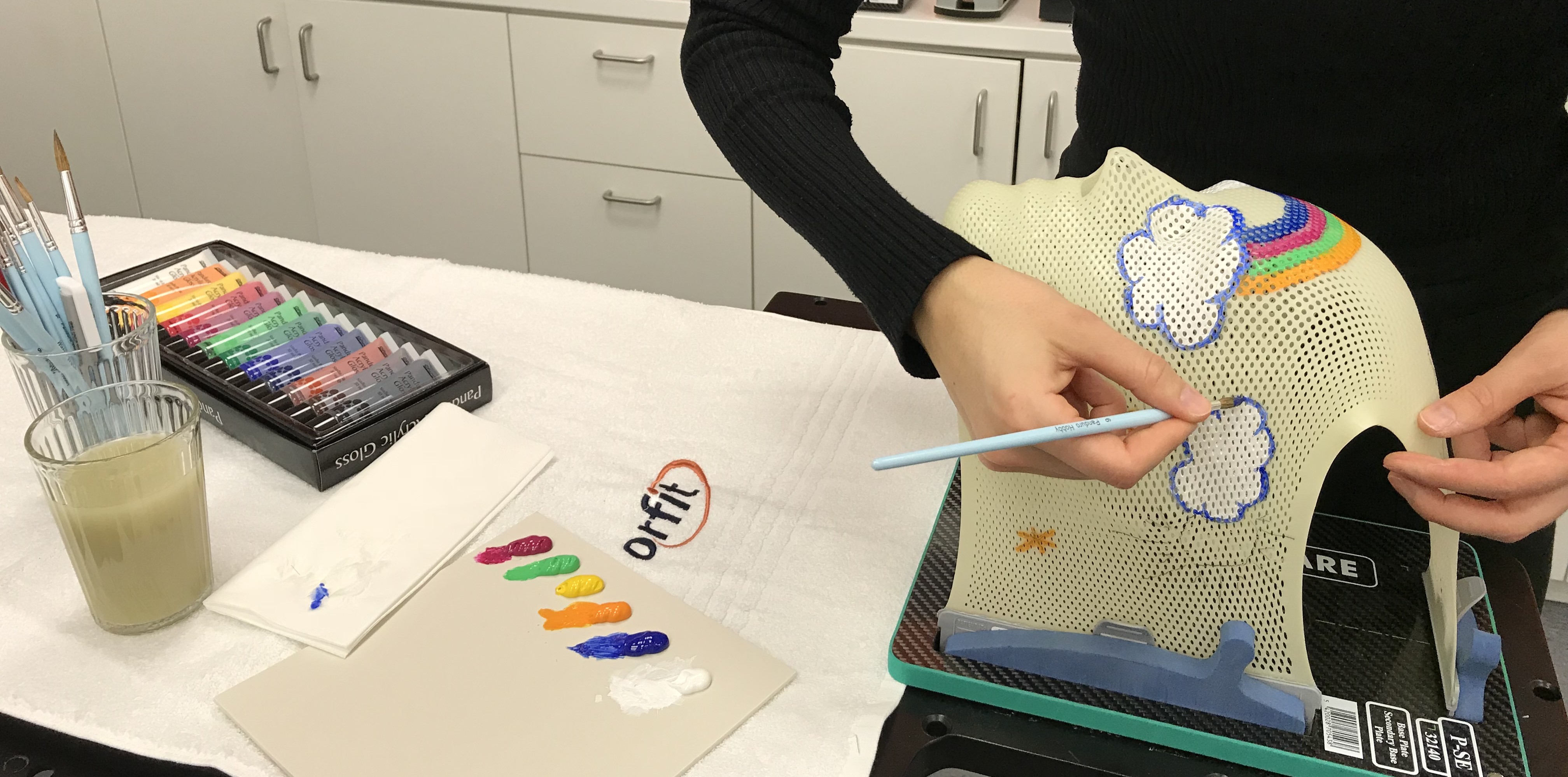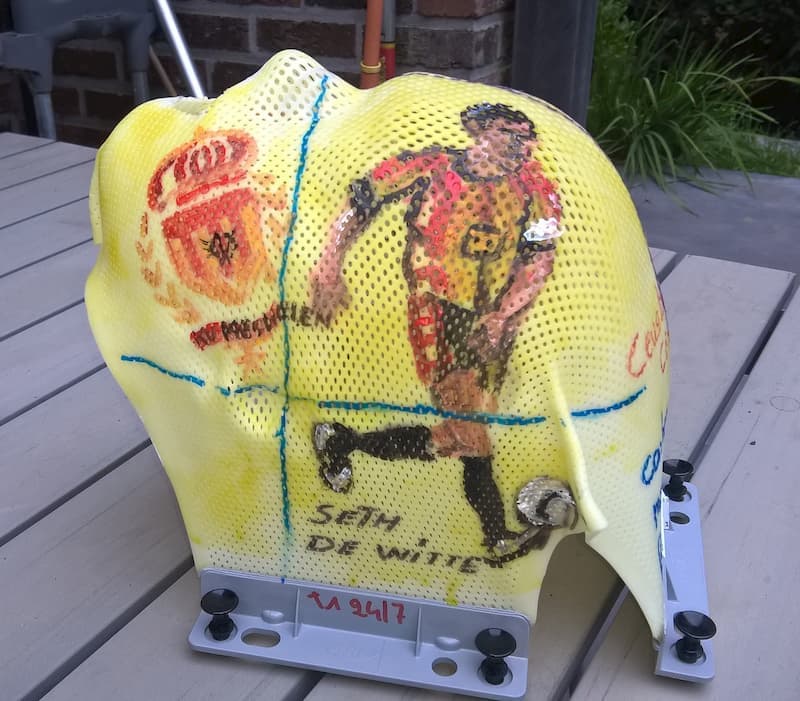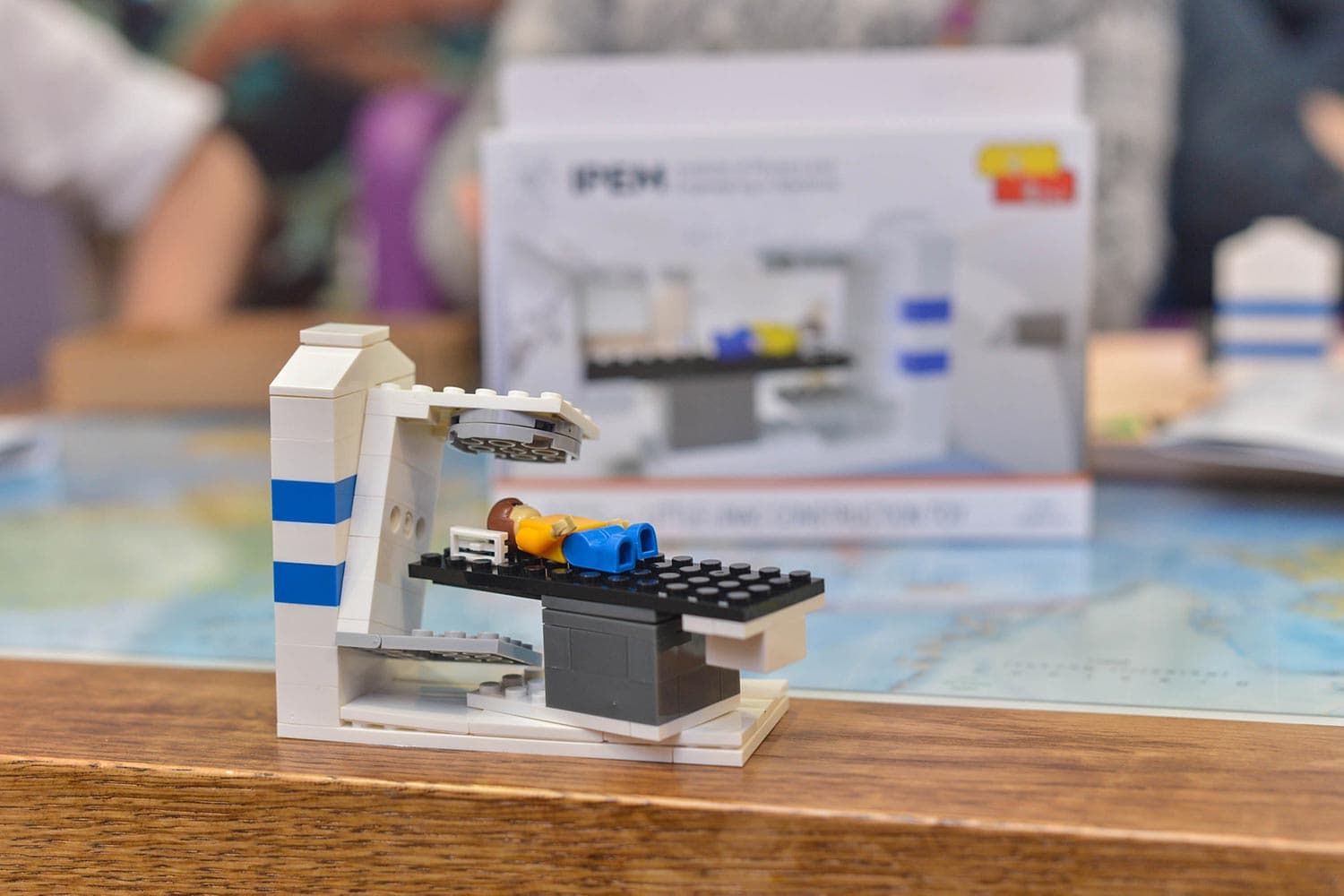
Radiotherapy can be an emotionally overwhelming experience. For children especially, the entire treatment process — from unfamiliar equipment and being alone in the treatment room — can seem scary or intimidating. To reduce the emotional impact of radiation therapy on children, we’ve outlined a few measures that can help make the experience much more pleasant for young patients and their families.
At Orfit, we’re dedicated to supporting your youngest patients — helping you go the extra mile in their care means everything to us.
Patient immobilization is an essential aspect of high-quality, effective radiotherapy treatment. However, the thought of being immobilized under a mask can feel daunting for any patient. For children especially, the radiotherapy mask can seem very scary.
Did you know that painting or decorating the mask can help reduce feelings of anxiety and claustrophobia? It might even prevent the need for anesthesia.
These masks can be transformed into something friendly and familiar — making a huge difference in how children experience their treatment. This small, thoughtful gesture can go a long way in reducing stress and helping young patients feel more at ease. With a bit of creativity, a plain mask becomes a comforting companion — offering encouragement and support throughout the treatment journey.

We ask the children what they like or prefer, for example, their favorite colors, themes, or characters. I remember one example of a little boy who had a favorite soccer player. After updating my soccer knowledge on the internet I made a design so that he could instantly recognize his idol. I also try to be original so that the drawing is as personal as it can be and the children are excited about it.

Sticker decorations are easy to use and instantly brighten up a mask. Children can use stickers to decorate their mask themselves and turn it into something fun and beautiful.
Children can get as creative as they want. Encourage them to mix and match or add on to the stickers with crayons or a water-based colored pen. A fun idea is to write the first letter of the patient’s name in the superhero logo or crown sticker.
Children cannot be accompanied by their parents during the actual treatment, which can be a distressing aspect of radiation therapy. The magic string trick is a great solution that helps young patients feel more secure.
It involves using a long (colorful) piece of string. One end of the string is held by the child during treatment, the other end by the parents who are waiting outside the treatment room. This way they still have that connection and will feel that their parents are right there with them.

For young patients, understanding what radiotherapy is — and what to expect — can make a big difference in how they experience treatment. When children know why they need radiotherapy and how it works, they’re often less anxious and more cooperative.
Thankfully, there are many age-appropriate tools that help demystify the process. These resources explain the treatment journey in a light, clear, and reassuring way, making the experience feel less scary and more familiar.
Here are a few recommended videos and books that explain radiotherapy in a child-friendly way:
Also, a small model of a Linac can be incredibly helpful. Radiation therapists can use the model to show how the Linac moves and delivers treatment. With these tools and ideas, you can help children to understand radiotherapy and to feel more at ease around the clinical radiotherapy equipment.
there are several other practical ways to reduce anxiety and increase comfort for pediatric patients undergoing radiotherapy:
If you have the resources at your centre, try going that extra mile for your younger patients and create a warm and safe environment that will make all the difference.